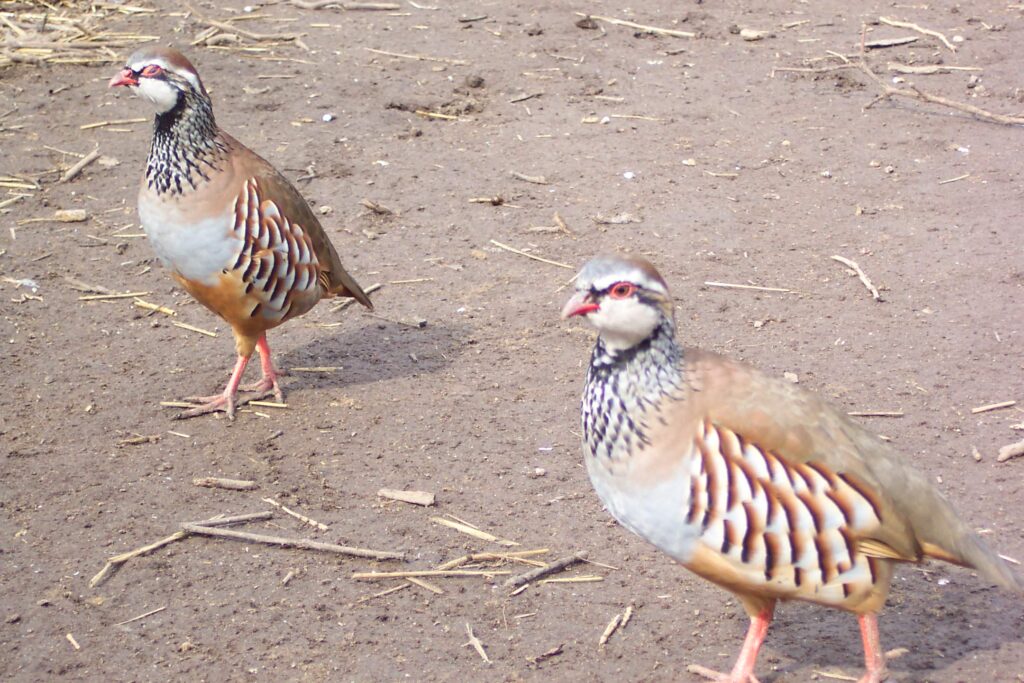The Big Cost of Small Birds: Chukars and Partridges Versus Pheasants
There’s a lot to that old saying “Bigger isn’t always better,” and at MacFarlane Pheasants, we know that good things come in small packages. Besides pheasants, we also raise smaller birds for the hunting season, including French Redleg, Hungarian, Chukar, and Chukar/Redleg Cross partridges. These birds are often a third of the size of a pheasant, so wouldn’t it make sense that they’d be a third of the cost? It’s a common misconception that smaller birds are cheaper. They’re often more costly to raise for a bunch of reasons.
True, smaller birds do have some inherent advantages. A smaller bird requires a smaller space, and therefore, more can fit comfortably and luxuriously in MacFarlane’s series of outdoor pens. But that’s about where the advantages end.
Chukar/Redleg
The smaller the bird, the more delicate their constitution, making the mortality for the partridge family higher than the hardier pheasants we raise. The partridge family is more susceptible to worms, for instance, and for that reason we house the Chukar/Redlegs on wire instead of hay as we do for the pheasants, getting them off the ground. It’s more expensive, naturally, but with smaller birds, it’s even more important that our care begins with disease prevention rather than treatment.
Partridges are also more labor-intensive, meaning that these smaller birds, when it comes to man hours, can actually be more expensive than the pheasants. We estimate that these birds, despite their size, can actually demand about 25% more time than our pheasants. Much of this is in the brooder, where Hungarian partridge chicks pose unique challenges, one of which being the feed. It must be pulverized into a flour-like consistency for the birds to bite. The chicks are even hand-watered!
They further demand more time by requiring a preliminary step before the A and B brooder rooms. We call that first area the table room, which is just that: tables, off the ground, where the birds live for the first week so we have immediate and easy access, providing clean bedding and water at all times. A smaller environment is easier to prevent catastrophe and make immediate changes, and it’s essential to raising these birds.
But the reason we breed French Redleg, Hungarian, Chukar, and Chukar/Redleg Cross partridges is the same reason our customers keep ordering them year after year: they’re a thrilling hunt. They’re a lot quicker in the air and harder to hit because they present a smaller target. And it’s because our customers crave variety year after year that these birds continue to be favorites. So try them out this season, and order your partridge chicks today (http://chicksquote.pheasant.com/Scripts/prodList.asp).
Related Posts

Preparing Our Barns & Pens Each Spring
Read Post
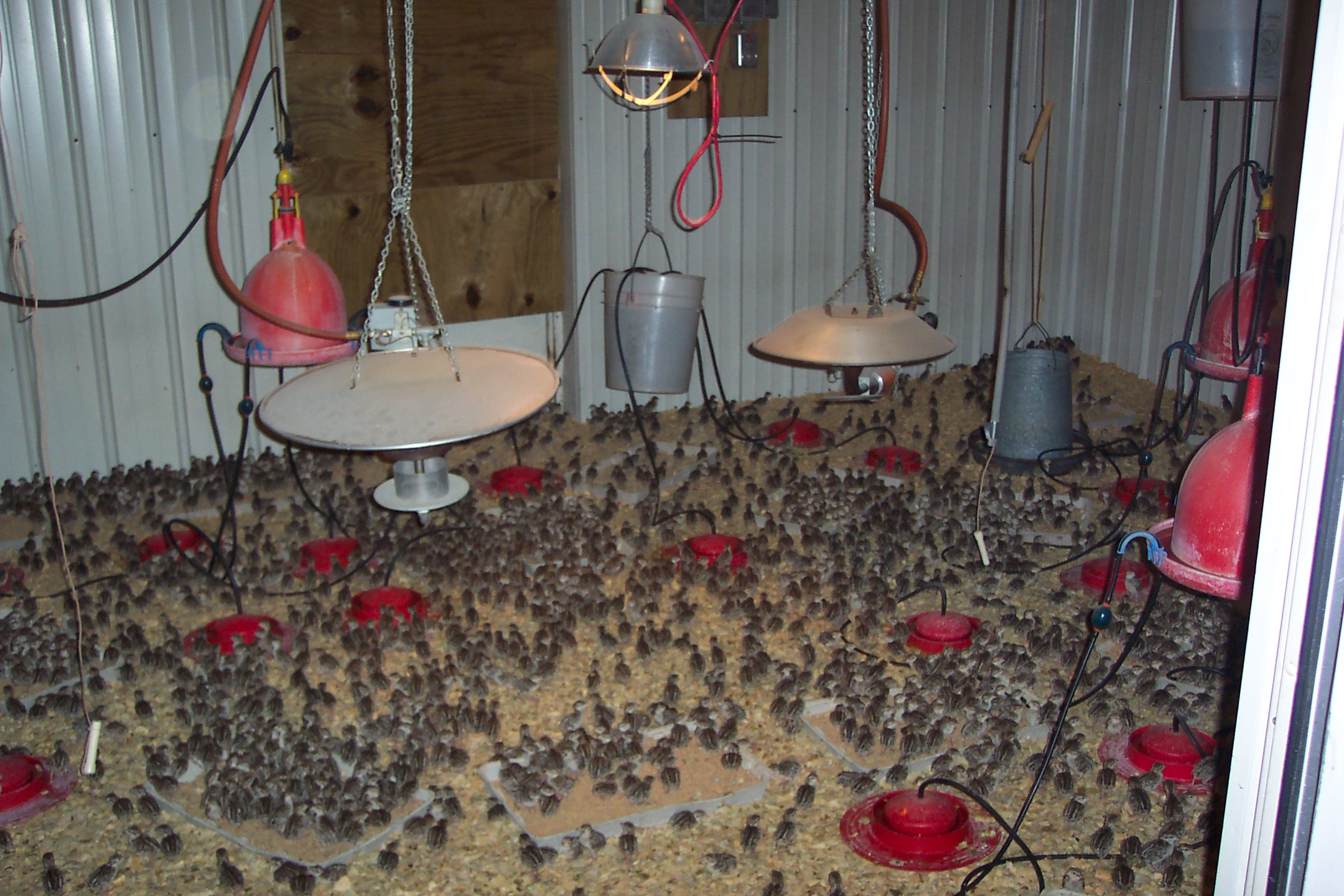
How We Prepare For Brooding Our Chicks
Read Post
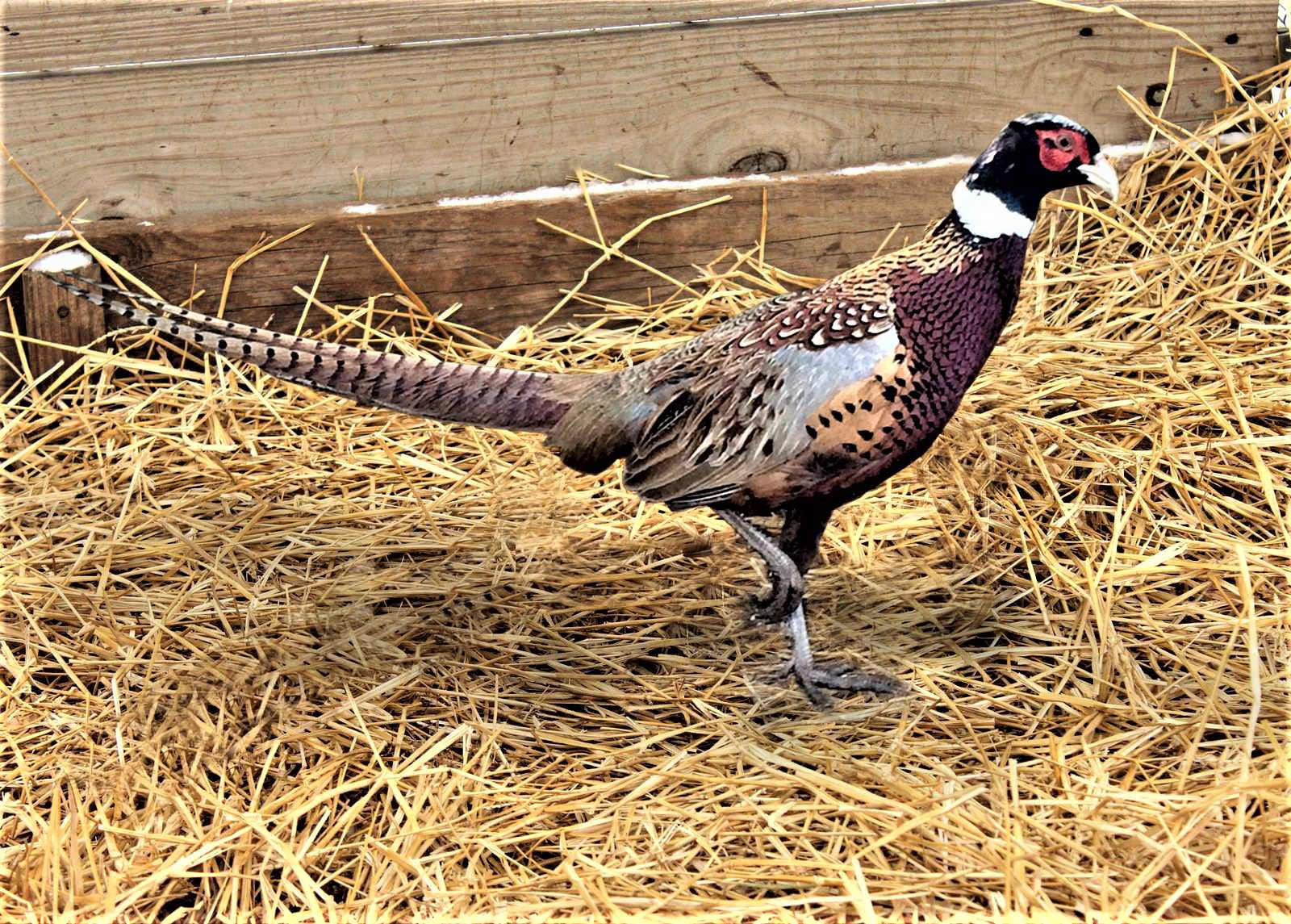
Our Milton Farm in 2024!
Read Post

10 Ways To Get the Most Out Of Brooder Barns
Read Post

Air Flow in Barns
Read Post
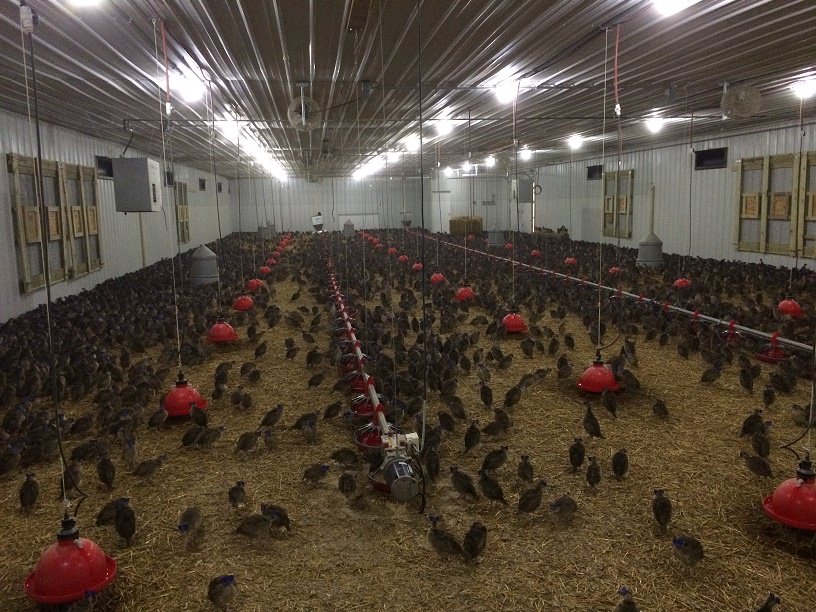
Barn Maintenance at MacFarlane Pheasants’ Milton Farm
Read Post
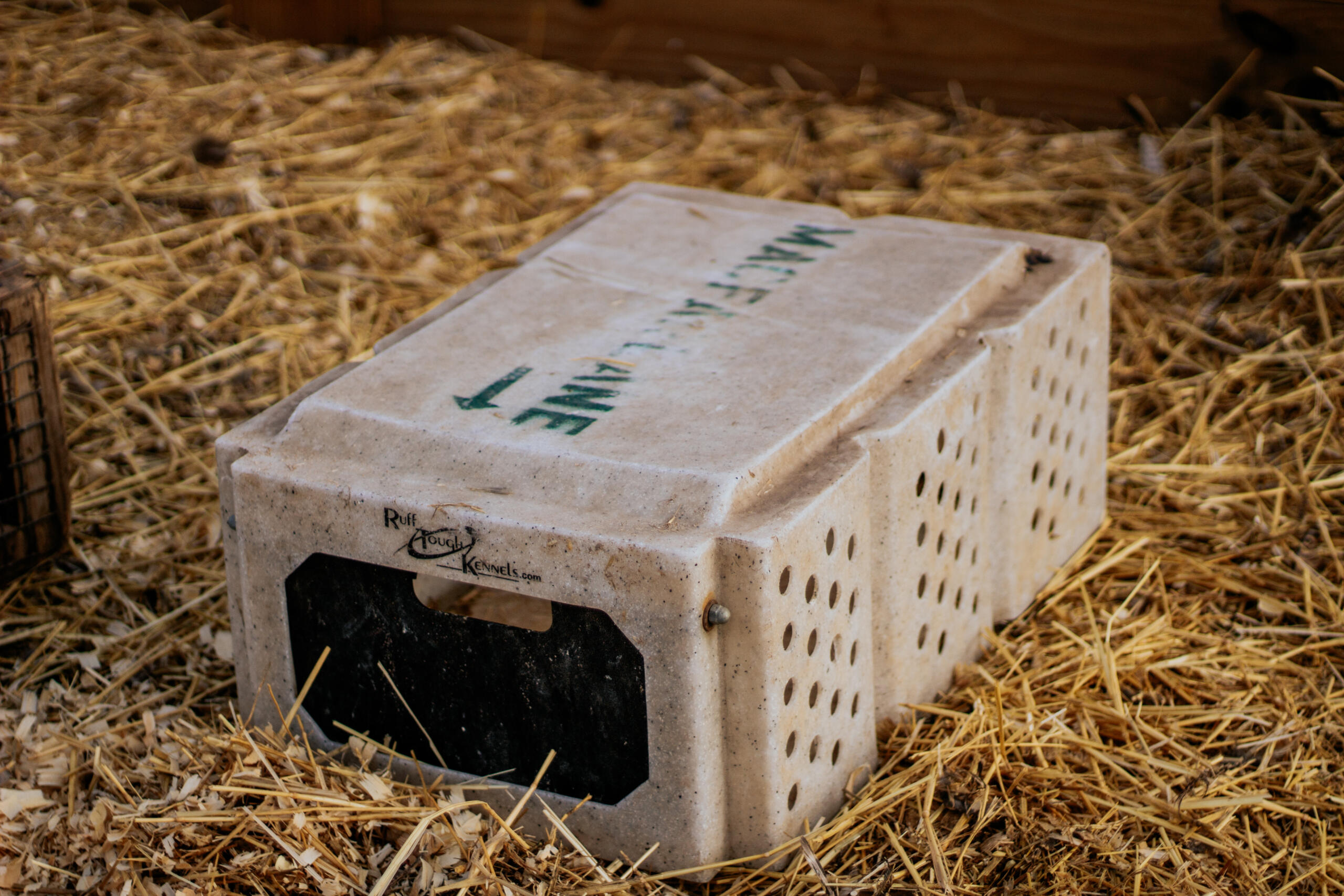
Choosing the Best Bedding for Pheasants and Game Birds
Read Post
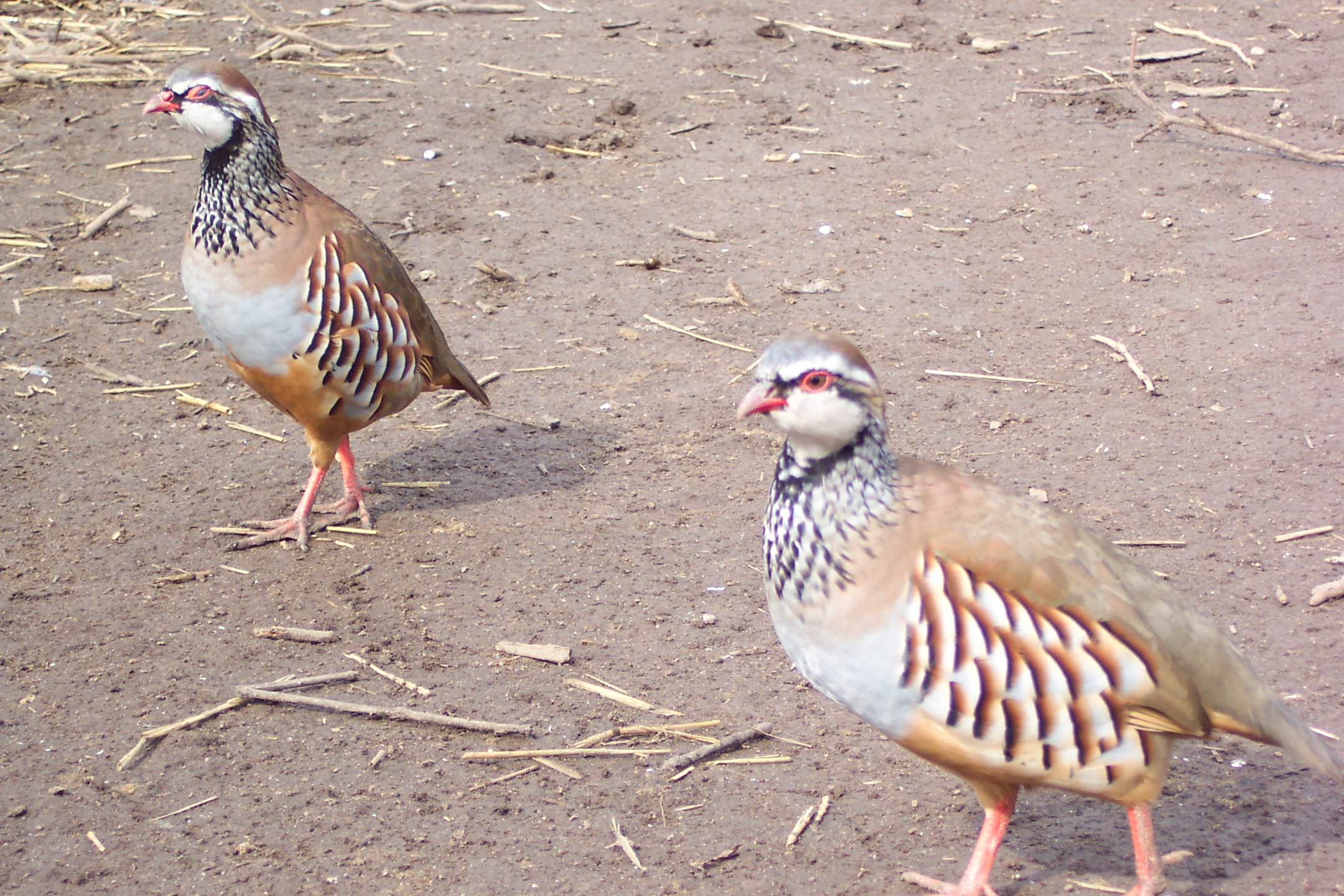
Birds On Top of Birds: Preventing Piling with Partridge Chicks
Read Post
Take Advantage of These Free Resources
As the biggest game bird farm in the United States, we want to share our experience with you. Download our free resources below and get started.

